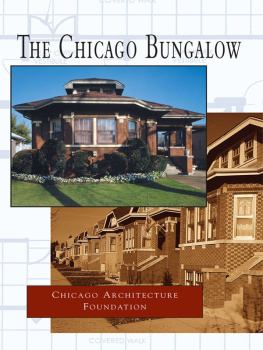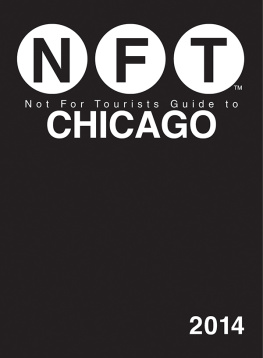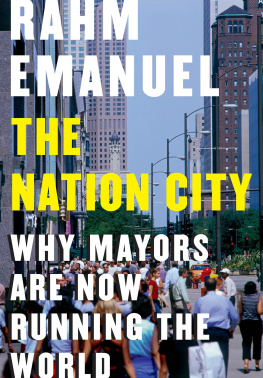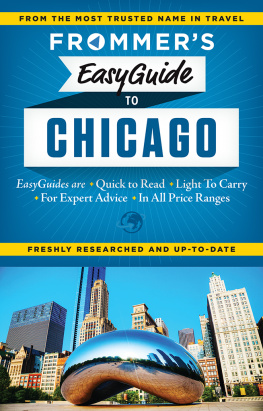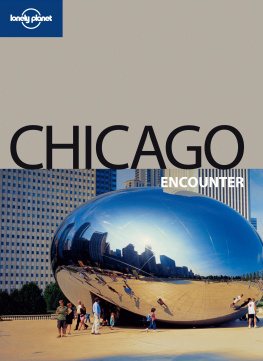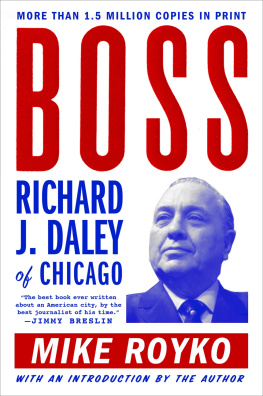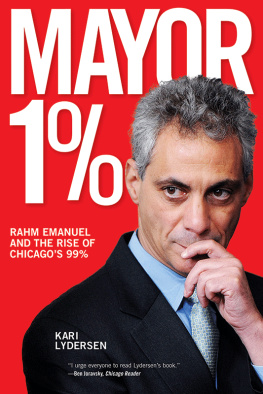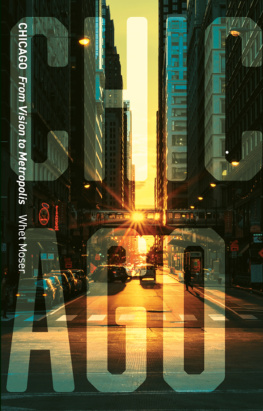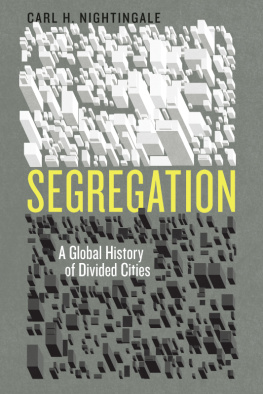Also by Natalie Y. Moore
Almighty Black P Stone Nation: The Rise, Fall and Resurgence of an American Gang, with Lance Williams (Chicago: Lawrence Hill Books, 2011)
Deconstructing Tyrone: A New Look at Black Masculinity in the Hip-Hop Generation, with Natalie Hopkinson (San Francisco: Cleis Press, 2006)
The South Side
A Portrait of Chicago and American Segregation
Natalie Y. Moore

St. Martins Press
New York
Thank you for buying this St. Martins Press ebook.
To receive special offers, bonus content, and info on new releases and other great reads, sign up for our newsletters.

Or visit us online at us.macmillan.com/newslettersignup
For email updates on the author, click here.
The author and publisher have provided this e-book to you for your personal use only. You may not make this e-book publicly available in any way. Copyright infringement is against the law. If you believe the copy of this e-book you are reading infringes on the authors copyright, please notify the publisher at: us.macmillanusa.com/piracy .
For Roddy
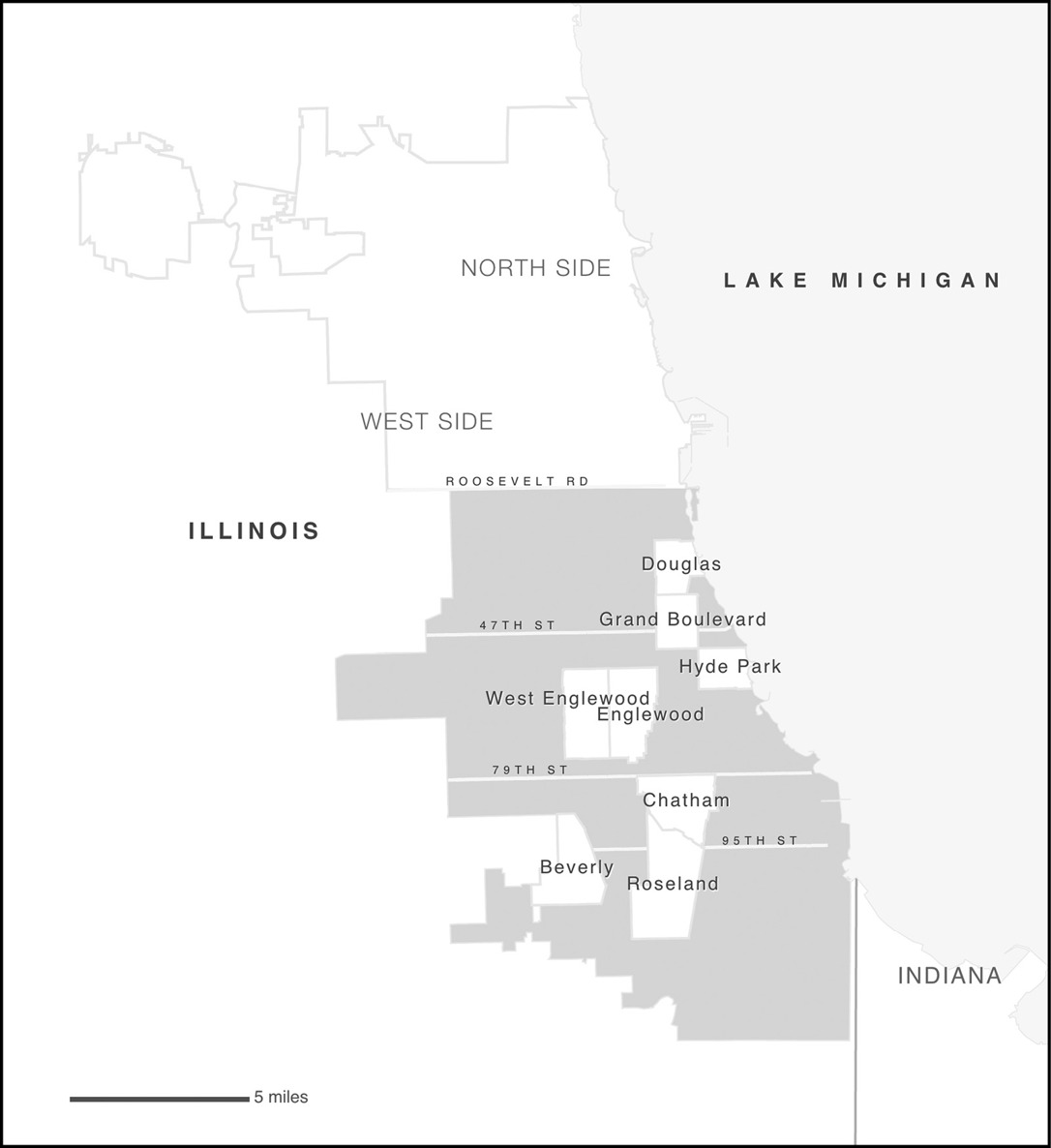
Map of the South Side of Chicago
Contents
To my agent, Charlotte Sheedy, thanks for making this project come to fruition and forcing me to see what was right under my nose. Thanks to my wonderful editor, Karen Wolny, who pushed and guided me, making this a much better book. And thanks to the entire St. Martins Press team, including Laura Apperson, Gabrielle Gantz and Donna Cherry.
My formal education began with wonderful Chicago Public Schools teachers and I thought of them often during the writing of this book, especially in the schools integration chapter. Howard University taught me much about the bigger space in which it meant to be a black girl from the South Side of Chicago. Thanks to the history and journalism departments: Joseph Reidy, Arnold Taylor, Jannette Dates, Clint Wilson, Lawrence Kaggwa, Jeanne Toungara and Eileen Boris.
Chloe Riley pitched in with enthusiasm at every turn as my research assistant. Pablo Boczkowski, of my alma mater Northwestern University, put me on the right path for the media study, and thanks for lending me Miya Williams.
My research was bolstered by assistance from the National Archives at Chicago, Chicago History Museum Research Center, Harold Washington Library Center, the Woodstock Institute, Vivian G. Harsh Research Collection and Columbia College Chicago Library.
To all of those who read chapter drafts, thank you: Natalie Hopkinson, Chana Garcia, Nicole Tefera, Patrick Rivers, Badia Ahad-Legardy, Audrey Petty, Rick Kogan, Amanda Williams, Stephen Franklin, Monica Eng, Linda Lutton, Brentin Mock, Afi-Odelia Scruggs, Ron Stodghill, Brandi Kenner-Bell and Mick Dumke.
Scholars and writers have helped me over the years as a reporter understand the policies around black Chicago and segregation through being a source, inspiration or mentor: my play grandfather Timuel Black, Gary Orfield, Janet Smith, Mary Pattillo, Steve Bogira, Barbara Ransby, Cathy Cohen, Mariame Kaba, Nikole Hannah-Jones, D. Bradford Hunt, Douglas Massey, Robert Sampson, Lawrence Vale, Isabel Wilkerson, Thomas Sugrue, Laura Washington and Arnold Hirsch. Im indebted to your work and hope this book isnt reinventing the wheel but building upon your scholarship.
Thanks to Bill Healy, David Pierini, Francine Washington, Tamiko Holt, Sally Eisele, William Jelani Cobb, Krista Franklin, Jennifer Halperin, J. Nicole Brooks, Salamishah Tillet, Scott Smith, Janelle Thompson, Kimberly Henderson, the staff of Mollison Elementary, Niala Boodhoo, Ta-Nehisi Coates, Achy Obejas, Lance Williams, Maxine McKinney de Royston, Reggie Royston, Alice Kim, Jane Saks, Ben Austen, Tanya Triche, Esther Williams, Jessica Kimbrough, our Black Girl South Side Salon and the Hot Links. Thanks to my colleagues at WBEZ, especially Cate Cahan, Ben Calhoun, Goli Sheikholeslami and Ira Glass.
My parents, siblings, aunts, uncles and cousins served as inspiration at various points of writing. Thank you for sharing your stories of our family.
And my own family expanded during the writing of this book. Sydney, Raven and Milanyour laughter and bubbling personalities were a welcome distraction when I shouldve been at my laptop. My life is richer with each of you in it. Rod, Im eternally grateful for your love, counsel and patience.
Chicago is one of the most segregated yet diverse cities in America. Chicagoans typically dont live, work or play together. Unlike many other major U.S. cities, no one race dominates. We are about equal parts black, white and Latino, each group clustered in various enclaves. Chicago is a city in which black people sue over segregation and discrimination, whether it concerns disparities in public schools or not being admitted into hot downtown spots. Some people shrug off segregation because they say racism and white supremacy will still exist. I concur. But segregation amplifies racial inequities. Its deliberate, ugly and harmful. The legacy of segregation and its ongoing policies keep Chicago divided.
Our mayors have touted and promoted Chicago as a world-class city. The skyscrapers kissing the clouds, billion-dollar Millennium Park, Michelin-rated restaurants, pristine lake views, fabulous shopping, vibrant theater scene, downtown flower beds and stellar architecture tell one story.
Yet Chicago is compromised by the specter of segregation, which is often swept under the rug. We cant honestly talk about problems such as violence and unemployment without addressing segregation. Throughout the twentieth century, black families faced white violence when they dared to move into white neighborhoods. Redlining, bad mortgages, racial steering and failed school policies led to the northern version of Jim Crow, all of which had a lasting effect. Today more than half of the black population in Chicago lives in only 20 of the citys 77 communities.
Early on, I learned that the terms South Side and North Side were shorthand for black and white. Before he became a South Side congressman, Jesse Jackson Jr. spoke to my public high school. He didnt use explicit racial terms, but he told the assembly that he wanted his community to look like downtown and parts of the North Side. The audience cheered; the tacit racial dynamic of which Jackson spoke resonated with black South Side kids.
Still, the South Side is a magical place. Its the heart of black America, with its miles upon miles of black middle-class neighborhoods and strong political and business legacies. In summertime Chi, the aroma of barbecue wafts from backyard grills and smoky rib joints onto the Dan Ryan Expressway. Chicago is a soulful city that gave us Sam Cooke and Common, Koko Taylor and Chaka Khan. Driving east on 79th Street toward Lake Michigan is a colorful trip: men sipping out of bottles on corners, vibrant businesses, bars, funeral homes, foreboding boarded-up structures, liquor stores, churches, Harolds Chicken Shacks and sounds of house music dancing in the air. This sense of place is special. I would never want to erase black Chicago.
I found value growing up in my black Chatham neighborhood, and those experiences make me a proud South Side black girl. Identity is wonderful whether youre South Side Irish, from Koreatown or from the largest Polish community outside of Poland. I wouldnt move to Chinatown or Little Village, a Mexican and Mexican American area, because I would feel my presence to be disruptive. I love the Indian food on Devon Avenue, Vietnamese noodles on Broadway and Swedish bakeries in Andersonville. The cultural diversity tucked away in Chicagos ethnic enclaves is worth celebrating. High-poverty black segregation is not.
Next page

